
|
The Big Mama A 600 mm Lens Combo for the Olympus E-10/E-20 |

| My other articles related to the Olympus E-10 and E-20 cameras |
|
Meet the Big Mama By combining together two lens attachments from Olympus: the 3x TCON-300 and the 1.45x TCON-14B, you can bring the 35-mm equivalent length of your lens to 600 mm. More, the lens still will have the effective aperture of F/2.8! | |
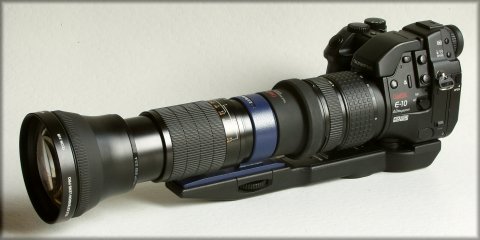
| |
|
The body-building factor The whole combination weighs more than 1.5 kg (3.5 lb), or 2.5 kg with the camera. Carrying it along certainly helps in developing muscle mass; after a few minutes it feels heavier than it is. The support arm holding the camera and TCON-300 is sturdy enough to accommodate the additional weight of the TCON-14B, and the whole rig is still balanced quite well. How to use it In addition to both lens attachments you will need a 49-62 step-up ring to match the 62-mm rear thread of TCON-14B to the 49-mm filter thread of TCON-300. Of course, it s recommended (although not really critical) than any filters are removed from the latter. The combination is operated exactly like the TCON-300 alone, refer to my review of the latter. Using the combo, you should make sure that the autofocus finds the right setting before you release the shutter. This is no big deal: if it doesn't, the picture will be hopelessly out of focus, and if it does, the setting will be tack-sharp in the viewfinder; usually there is no middle ground. According to the well-known rule of thumb, a safe handheld shutter speed (in seconds) is the reciprocal of the focal length (35-mm equivalent, in millimeters). In this case it would be 1/600s, which is close to the fastest speed available on the E-10/E-20. One more reason to wish for some higher shutter speeds. Depending on the conditions, you will be sometimes using 1/250s or slower speed, so some of your pictures will be blurry. Use a tripod, if possible, or (blasphemy!) consider switching to the ASA 160 setting. In exchange for some extra noise in the pictures, you will halve the exposure time, which may be worth it. Last but not least, if you are planning to use this lens combination, plan the whole session around it and keep the rig assembled all the time. There is no "switching" to it: before you put the whole thing together, the picture-taking opportunity will be long gone. Focusing range | |
|
The closest I was able to focus with the 600-mm setup was about 2.5m (8 feet), with the focus range ring on the TCON-300 set all the way down to 2 m. I haven't measured the field of view at this distance, but the enclosed picture should give you some idea about that. (Shot handheld, 1/400s at F/4.) |
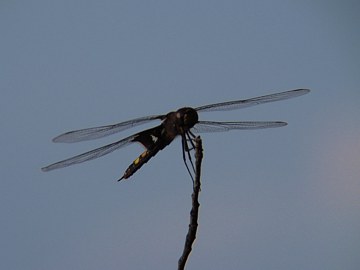
|
|
Image samples Here are examples showing the effect of using the TCON-300/TCON-14B lens attachment combination on the Olympus E-10. All pictures were saved as full-resolution, 1:4 JPEGs. The images at the left were reduced and slightly re-sharpened. The cropped samples at the right (320x240 pixels) were resaved at a very low JPEG compression with no postprocessing at all. When scrutinizing the samples, remember that in an 8x10-inch (20x25 cm) print each of them will be just 1.14" (29 mm) tall, considerably smaller (and sharper) than what you see on the screen. The left column shows images shot with just the TCON-300, the right column — with the 600-mm combo. The shooting distance in the second case is about 1.45x larger to show the subject the same size. | |
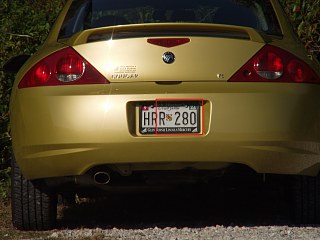 |
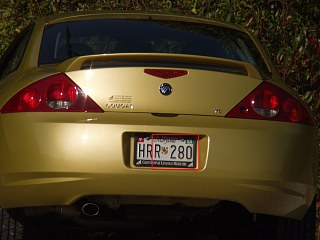 | |
|
EFL=420mm, -0.7 EV, 1/200s at F/8.0, tripod; shot from about 24 meters |
EFL=600mm, -0.7 EV, 1/200s at F/8.0, tripod; shot from about 35 meters | |
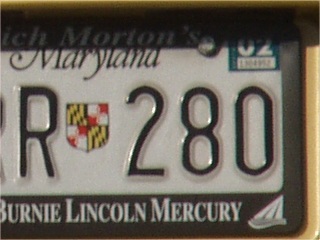 |
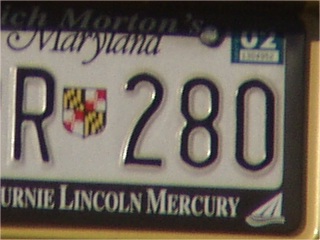 | |
| A straight 1:1 sample from the above | A straight 1:1 sample from the above | |
|
Surprisingly, there seems to be very little image degradation introduced by the extra five pieces of glass! This is because of two reasons: (1) most of the sharpness loss occurs already in the TCON-300; (2) TCON-14B by itself is an excellent piece of optics. Certainly, if you are willing to accept the quality of images from TCON-300 (as I do), you will have no problems accepting those obtained with the TCON-300/TCON-14B combination. As in my other lens attachment reviews, here is a "digital zoom" comparison — a picture taken with only the TCON-300 from the some distance as the one at the right above. The sample at the right was resized by a factor of 1.45x in Corel Photo-Paint to match the full combo magnification. Compare it with the one directly above it. | ||
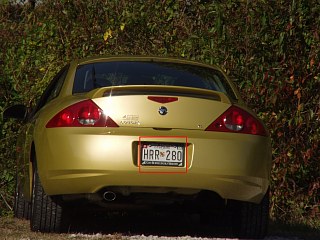
|
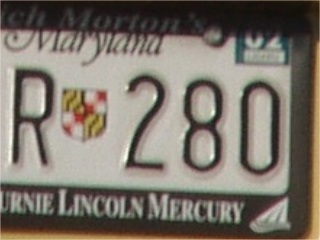
| |
|
EFL=420mm, 1/200s at F/8; shot from about 35 meters | Sample from the image at the left, resized by a factor of 1.45x, to match the one directly above | |
|
The comparison certainly shows that the extra reach afforded by the TCON-14B is worth the trouble: the resized sample is much less sharp. The big picture Or, more exactly, a series of little ones, raw 1:1 samples taken at focal lengths from 140 mm all the way to 600 mm. This is just to have a clear comparison how the image sharpness is changing when you put yet another piece of glass in front of the main lens. The pictures were taken from varying distances, as needed, to provide the same scale. In an 8x10" (20x25 cm) print the sample size will be about 20 mm (0.8"), sharper than what you see on the screen. The bottom row shows the same samples after a 60% unsharp mask has been applied to them in Corel Photo-Paint. | ||||
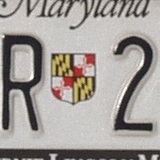
|
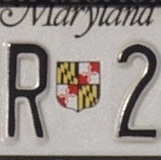
|
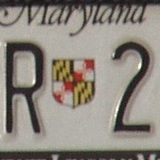
|
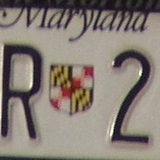
| |
|
140 mm
(no attachments) |
200 mm
(TCON-14B) |
400 mm
(TCON-300) |
600 mm
(TCON-300+TCON-14B) | |
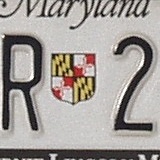
|
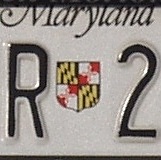
|
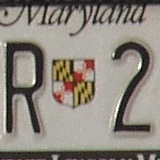
|
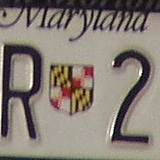
| |
|
As we can see, the TCON-14B causes very little image degradation, whether used directly on the main camera lens (sample 1 to 2), or on the top of the TCON-300 (sample 3 to 4). The biggest drop is when you go from the "bare" lens to TCON-300 (sample 1 to 3). In the field I had lots of fun with this monster, in spite of its size and weight. Without a tripod, camera shake turns out to be the main source of bad pictures. It's a good practice to take two or three frames of every subject, if possible, so that you can choose the best one. The stubborn autofocus, as described above, originally cost me some frames. The problem disappeared after I gained some experience, getting into a habit of actually checking the image in the finder before releasing the shutter. These examples are shown just as thumbnails with links to XGA (1024×768) images, just to give you an idea of the capabilities of this 600-mm monster and the fun you can have with it. | ||

|

| |
| This turkey vulture was shot last August on the Maryland Eastern Shore, handheld from a car window. The exposure was about 1/400s at F/2.8. The picture was submitted to some cropping, sharpening, and equalization. [XGA] | A pumpkin patch in Maryland. The 600 mm focal length was used not only to keep the subject oblivious to the photographer's presence, but also to blur the background out of focus, a tough job on the E-10/E-20. Handheld, program exposure at -0.3 EV. [XGA] | |

|

| |
| This crab on the Ocracoke Island was quite shy — only with the Big Mama was I able to frame a mug shot. Handheld, exposure not recorded. [XGA] | Sunset on the Ocracoke Island, NC. Handheld with some support, exposure not recorded. With the 600 mm lens, the Sun diameter is 15% of the frame width. [XGA] | |
|
The penultimate use for a long lens like this is a shot of the Moon (where, frankly speaking, a 3000 mm EFL would be just perfect, filling the frame vertically). Well, I had to limit myself to 600 mm, so have a look at a separate article on this subject. The bottom line For many uses, a 600 mm, F/2.8 lens combination is hard to beat, worth the weight and size of the whole shebang. After assembling the somewhat cumbersome TCON-300, adding the other attachment on the top of it is just a breeze. Optically, the combination is surprisingly satisfactory, but not impressive. As with the TCON-400, most of my failed pictures (and I have quite a many of these) are due to the camera shake or autofocus problem, and not to the optics. If you have a TCON-300, or are considering it, then adding the TCON-14B to it is very much recommended. Your far-distance shooting will never be the same, and your upper body will gain some muscle. | ||

| My other articles related to the Olympus E-10 and E-20 cameras |
| Home: wrotniak.net | Search this site | Change font size |
| Posted 2001/10/23; last updated 2006/03/12 | Copyright © 2001-2006 by J. Andrzej Wrotniak |